China Set to Arm Pakistan With DF-17 Hypersonic Missiles in Dramatic Strategic Shift
Pakistan is believed to be exploring two potential avenues: a direct transfer of China’s DF-ZF HGV technology or a joint-development arrangement built on the existing intelligence-sharing and defence cooperation framework between Beijing and Islamabad.
(DEFENCE SECURITY ASIA) – In a move that could irreversibly alter the strategic calculus of South Asia, Pakistan is reported to be in early-stage negotiations with China to acquire advanced hypersonic missile technology, specifically the DF-17 system integrated with the DF-ZF Hypersonic Glide Vehicle (HGV).
Indian defence outlets claim that Islamabad’s pursuit of this next-generation capability is driven by its need to counter India’s increasingly formidable multi-layered missile defence network.
The acquisition of hypersonic glide vehicle technology—capable of evading even the most sophisticated missile defence systems—could grant Pakistan a critical edge in both strategic deterrence and rapid precision strike capabilities.
Pakistan is believed to be exploring two potential avenues: a direct transfer of China’s DF-ZF HGV technology or a joint-development arrangement built on the existing intelligence-sharing and defence cooperation framework between Beijing and Islamabad.
Given the depth of China-Pakistan military ties and Beijing’s longstanding willingness to transfer sensitive technologies to its closest regional ally, the realisation of this missile deal appears to be only a matter of time.
China currently accounts for approximately 81 percent of Pakistan’s total arms imports over the past five years, solidifying its position as Islamabad’s primary weapons supplier and strategic lifeline in the face of India’s growing power projection.
Last week, Chinese defence sources disclosed that a comprehensive military aid package had been offered to Pakistan, including the J-35A fifth-generation stealth fighter, the HQ-19 long-range missile defence system, and the KJ-500 airborne early warning and control aircraft.
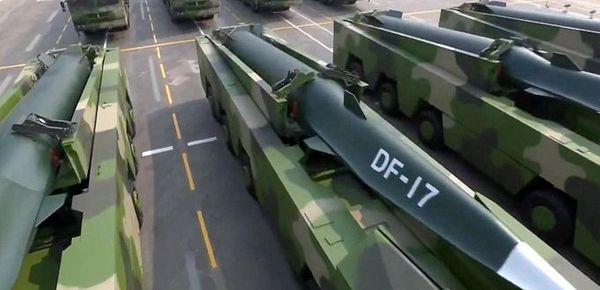
The announcement of this package, which followed closely on the heels of renewed Pakistan-India tensions, highlights China’s expanding role in reshaping the regional balance of power through military-industrial diplomacy.
“The Chinese military aid package to Pakistan marks a major diplomatic and defence achievement under Prime Minister Shehbaz Sharif’s leadership,” said an official government statement.
“Aset-aset ketenteraan berteknologi tinggi akan meningkatkan secara mendadak kemampuan Tentera Udara Pakistan dan sistem pertahanan udara selaras dengan tahap tinggi peperangan pada masa ini,” the statement added.
According to data from the Stockholm International Peace Research Institute (SIPRI), China’s arms exports to Pakistan totalled over US$5.28 billion (RM23.2 billion) between 2018 and 2023—representing 63 percent of its global arms exports during that period.
This marks a seven percent increase from the preceding five-year window (2015–2020), when 74 percent of Pakistan’s arms imports originated from China, underscoring the increasingly defence-centric nature of bilateral relations.
If realised, Pakistan’s acquisition of the DF-17—capable of delivering a hypersonic glide vehicle at speeds between Mach 5 and Mach 10—would fundamentally upend the current deterrence balance between Islamabad and New Delhi.
The missile’s 2,000–2,500km range would place nearly all of India’s strategic command centres, nuclear infrastructure, and high-value urban targets within minutes of a Pakistani launch.
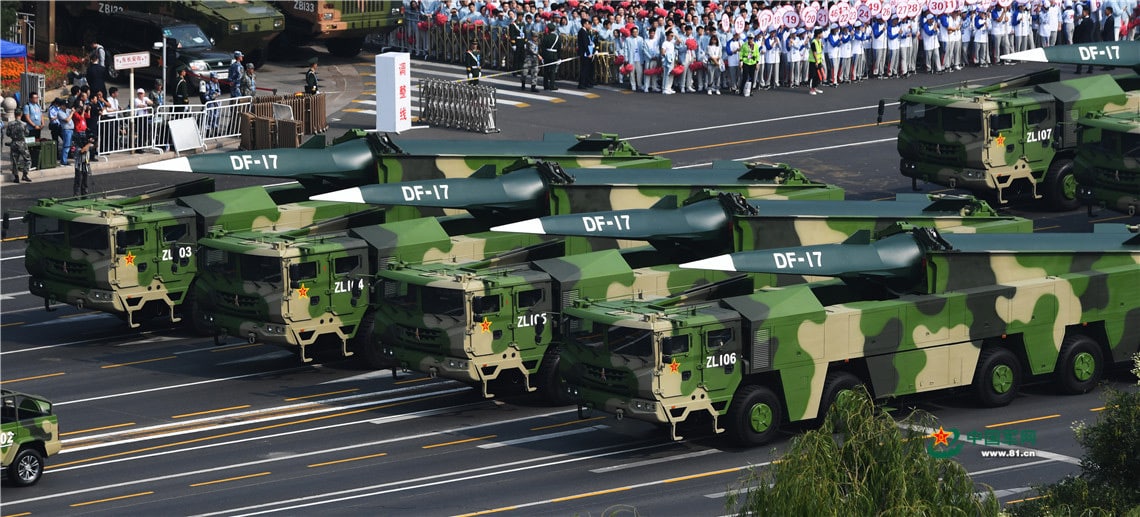
Such a capability would significantly degrade India’s reliance on static air and missile defences, including the Russian-made S-400 Triumf, as well as indigenous systems like the Barak-8 and Akash.
From a geopolitical perspective, the transfer of DF-17 to Pakistan would allow China to entrench itself further in South Asia’s strategic architecture, leveraging its advanced weapon systems to tip the regional power equation in Islamabad’s favour.
The system’s ability to conduct pre-emptive strikes against India’s mobile assets—including Agni-series ballistic missile platforms and Rafale fighter squadrons—would enhance Pakistan’s strike options in high-tempo conflict scenarios.
Moreover, possession of such a capability would force India to accelerate its own hypersonic weapons programs, including reviving the stalled BrahMos-II project or deepening hypersonic research partnerships with the United States and Russia.
Regionally, the introduction of hypersonic weapons into Pakistan’s arsenal would escalate the arms race and inject new urgency into Indian military planning, particularly for contingency operations in Kashmir and along the Punjab border.
Western military analysts have warned that the DF-17 could enable Pakistan to execute a “decapitation strike” doctrine—crippling India’s command-and-control infrastructure before retaliatory action could be coordinated, raising the spectre of accidental nuclear escalation.
Even in conventional warfare, the DF-17 poses a formidable threat; its manoeuvrability and speed could neutralize radar nodes and point-defence systems within seconds, clearing the path for follow-on air and ground assaults.
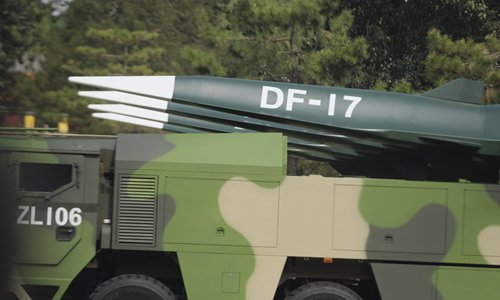
If modified for deployment on naval or mobile road-based platforms, the DF-17 could grant Pakistan a flexible, mobile hypersonic strike force that would be extremely difficult for Indian or American surveillance assets to track or interdict.
In strategic terms, a DF-17 acquisition would elevate Pakistan’s military doctrine into the realm of fifth-generation strike warfare, where speed, precision, and first-strike survivability dominate the modern battlefield equation.
 What is a Hypersonic Glide Vehicle (HGV)?
What is a Hypersonic Glide Vehicle (HGV)?
An HGV is an advanced re-entry warhead that detaches from a ballistic missile at high altitude and glides through the atmosphere at hypersonic speeds—above Mach 5—while executing lateral and evasive manoeuvres to defeat missile defence systems.
Unlike traditional ballistic missiles that follow predictable parabolic arcs, HGVs re-enter the atmosphere on flatter, low-altitude trajectories, making them far more difficult for radar systems and interceptors to track and neutralize.
After being boosted into the upper atmosphere by a launch vehicle, the HGV separates before reaching orbital velocity, then glides at high speed through the upper atmosphere, descending toward its target with minimal radar visibility.
This combination of extreme speed and low flight path renders existing air defence systems—including THAAD, Patriot, Aegis, and S-400—largely ineffective, as they are designed to counter predictable, high-altitude ballistic threats.
China’s DF-ZF, Russia’s Avangard, and the U.S. Common Hypersonic Glide Body (C-HGB) are the most prominent operational and developmental examples of this technology.
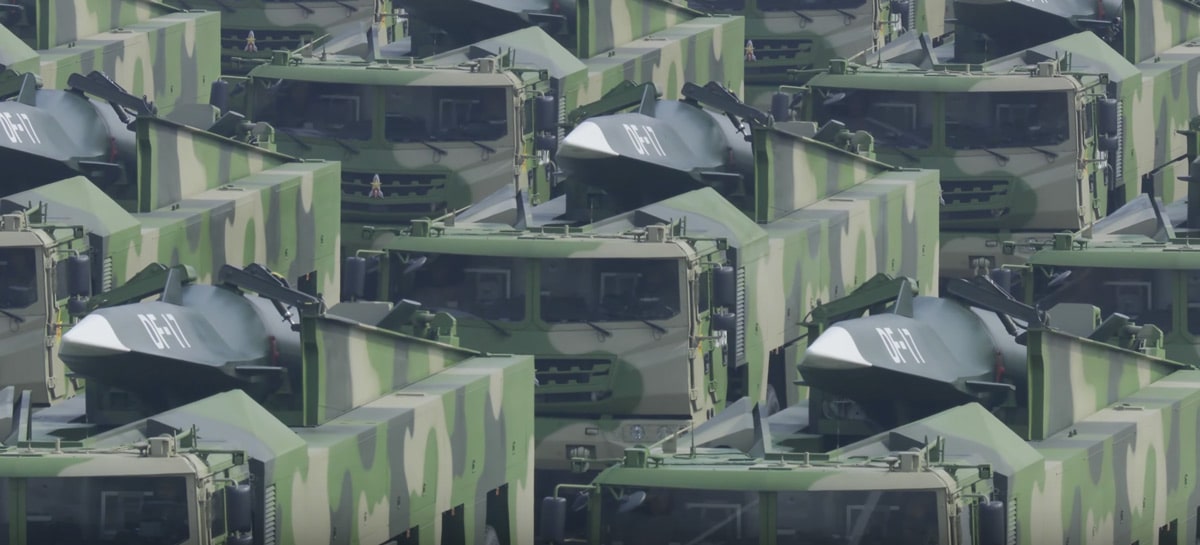
China’s DF-17
China’s DF-17 has been confirmed as the world’s first deployed hypersonic missile system carrying a glide vehicle, capable of striking targets over 2,500 km away while maintaining manoeuvrability throughout its descent.
Russia’s Avangard, mounted on its RS-28 Sarmat ICBM, reportedly reaches Mach 27, a velocity which Moscow claims renders it completely impervious to Western defences—a claim echoed by President Vladimir Putin himself.
Meanwhile, the U.S. continues development of its own C-HGB, although the program has suffered multiple test delays and is still not fielded in operational units.
From a doctrinal standpoint, the emergence of HGVs represents a transformation in strategic warfare—ushering in the era of Prompt Global Strike, where key enemy assets can be destroyed with little or no warning.
Strategists warn that HGVs compress decision-making timelines during crises, especially in flashpoints such as Taiwan, the Korean Peninsula, or South Asia, where miscalculation could lead to immediate escalation.
India, sensing the strategic gap, is investing in its own hypersonic programs—such as the Shaurya tactical missile and joint projects like BrahMos-II—while also eyeing partnerships with Japan, Australia, and the U.S.
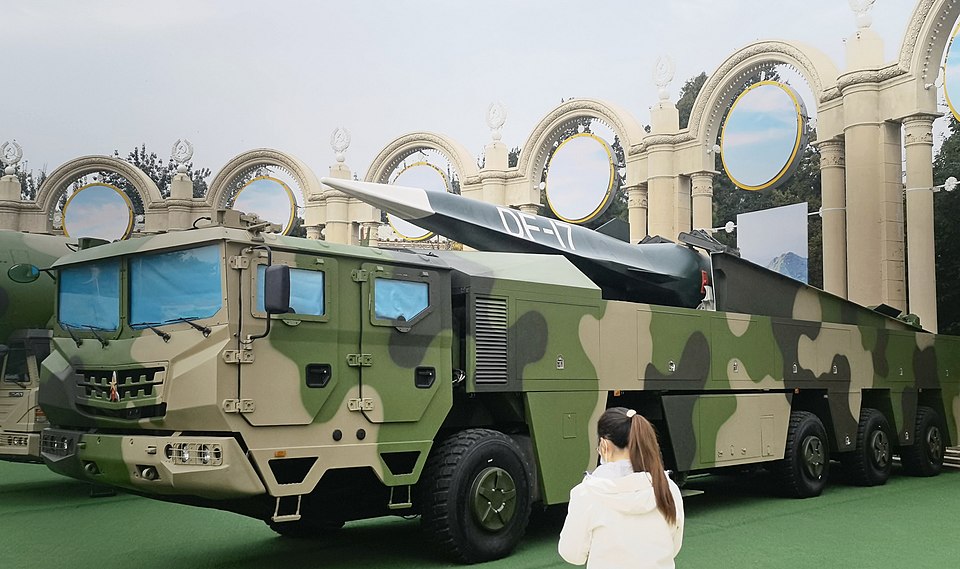


Informative and insightful
China pledge with MTCR. I don’t think china will transfer a missile more than 299 kms range